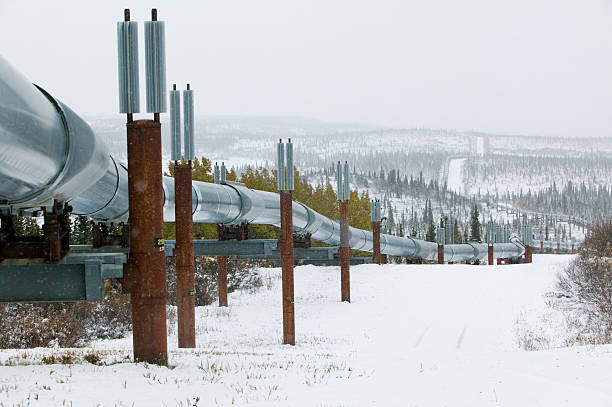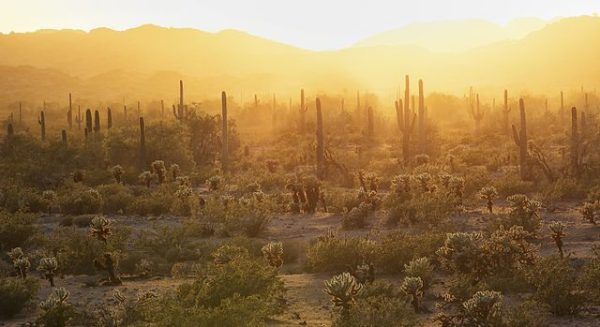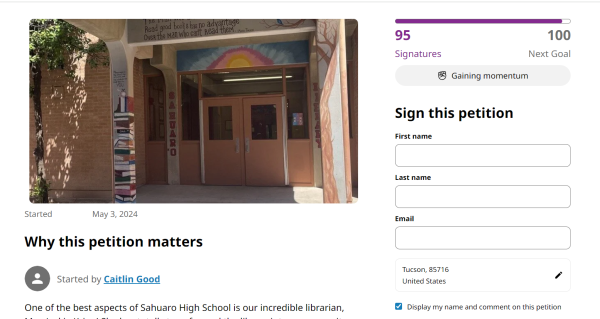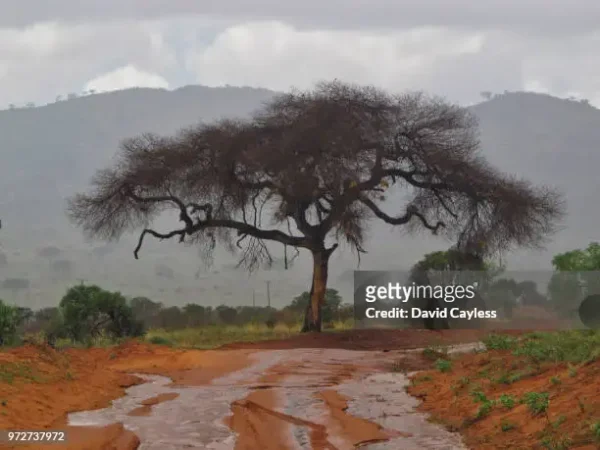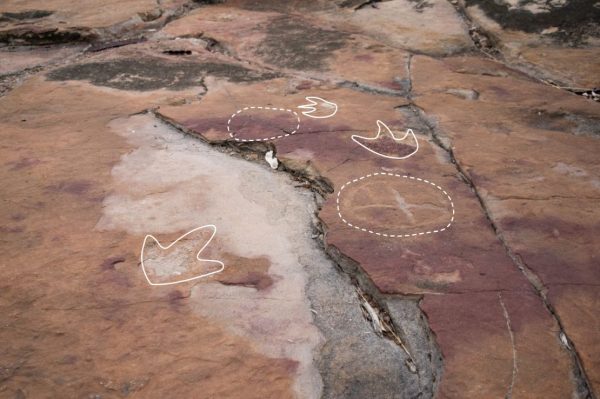Economy or Life: Is the Willow Project Worth it?
view by Donnelly Dome. Mile 244 of Richardson Highway
March 16, 2023
For several years ConocoPhillips, a Houston-based energy company, has been drilling for oil in Alaska. Though much smaller than the proposed Willow Project, ConocoPhillips currently has two operations. The Willow Project was originally approved by the Trump administration in 2020, but clearly didn’t make it very far. The 2020 project was approved for FIVE drill pads; the current approval is for three.
For the U.S. economy, the Willow Project will be beneficial. According to ConocoPhillips’ website, there will be an estimated 2,500 construction jobs, 300 long-term jobs, and 9 million hours of required manhours. Drilling oil from the U.S. has the potential to lower gas prices considerably, which would in turn reduce inflation. Oil production at a peak would reach 180,000 barrels a day, and 600 million barrels in total. This being said, the oil speaks for itself; the amount of oil the Willow project could produce has the potential to be more or less than the assumption.
Though the economic benefits are seemingly perfect, the Willow Project comes with many environmental concerns that bring the question of whether the economic positives would help out in the long run. The Willow Project estimates to add 239 million metric tons of carbon emissions to our atmosphere, meaning the efforts to stop global warming across the world would be reversed. Alaska is already losing much of its permafrost, which provides essential habitat for many Arctic animals.
During Biden’s campaign, he promised that if he became president there would be, “No more drilling on federal lands, period. Period, period, period.” Biden’s promises seem to have vacillated because he has now approved the Willow Project on federal land, period. CNN states, “The approval is a victory for Alaska’s bipartisan congressional delegation and a coalition of Alaska Native tribes and groups who hailed the drilling venture as a much-needed new source of revenue and jobs for the remote region.” This however brings to surface the question of whether the Native tribes they are communicating with represent the majority. A campaign called the Sovereign Iñupiat for the Living Arctic disagrees with the approval of the Willow Project, stating, “We condemn the continued prioritization of profit over people and climate…” Many Alaskan Native tribes are concerned for their health and safety, as well as the preservation of their way of life.
So, President Biden, do the economic benefits of the Willow Project outweigh the safety concerns of an entire race?










